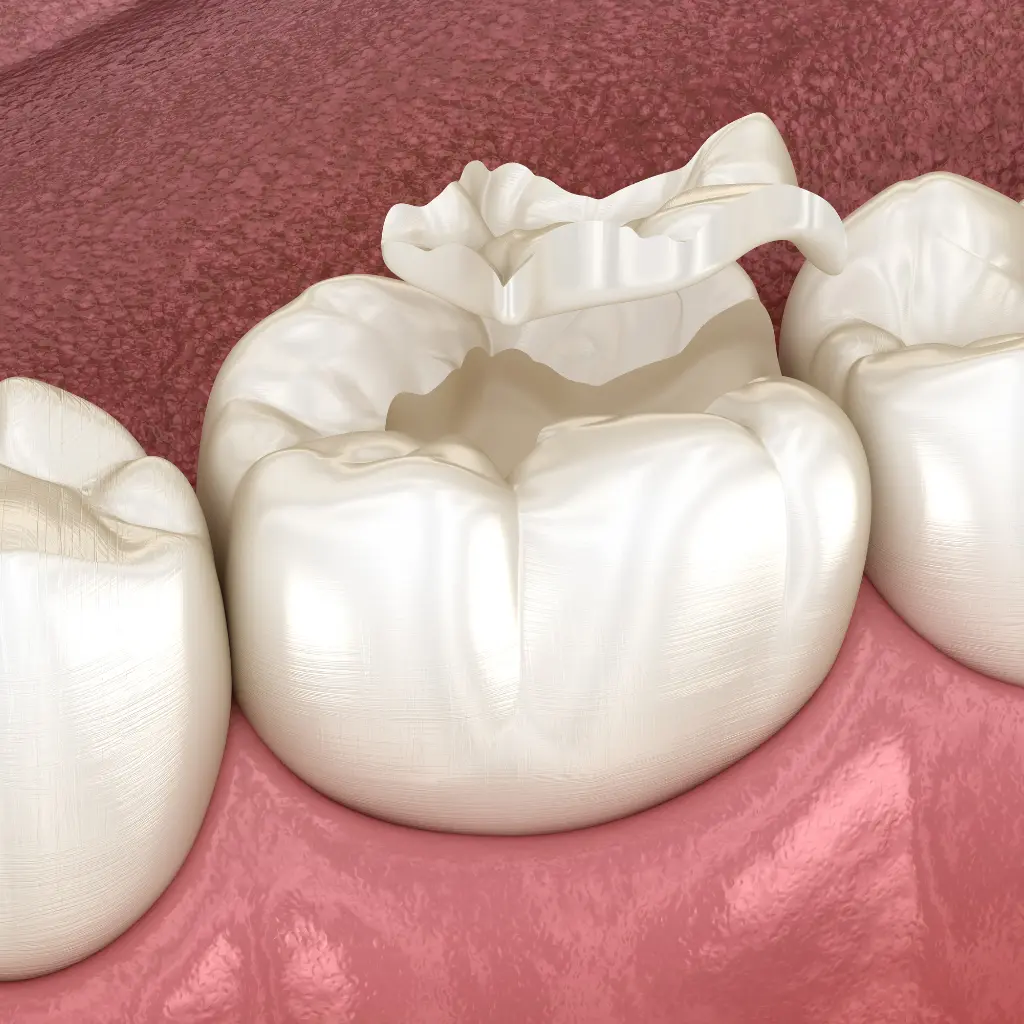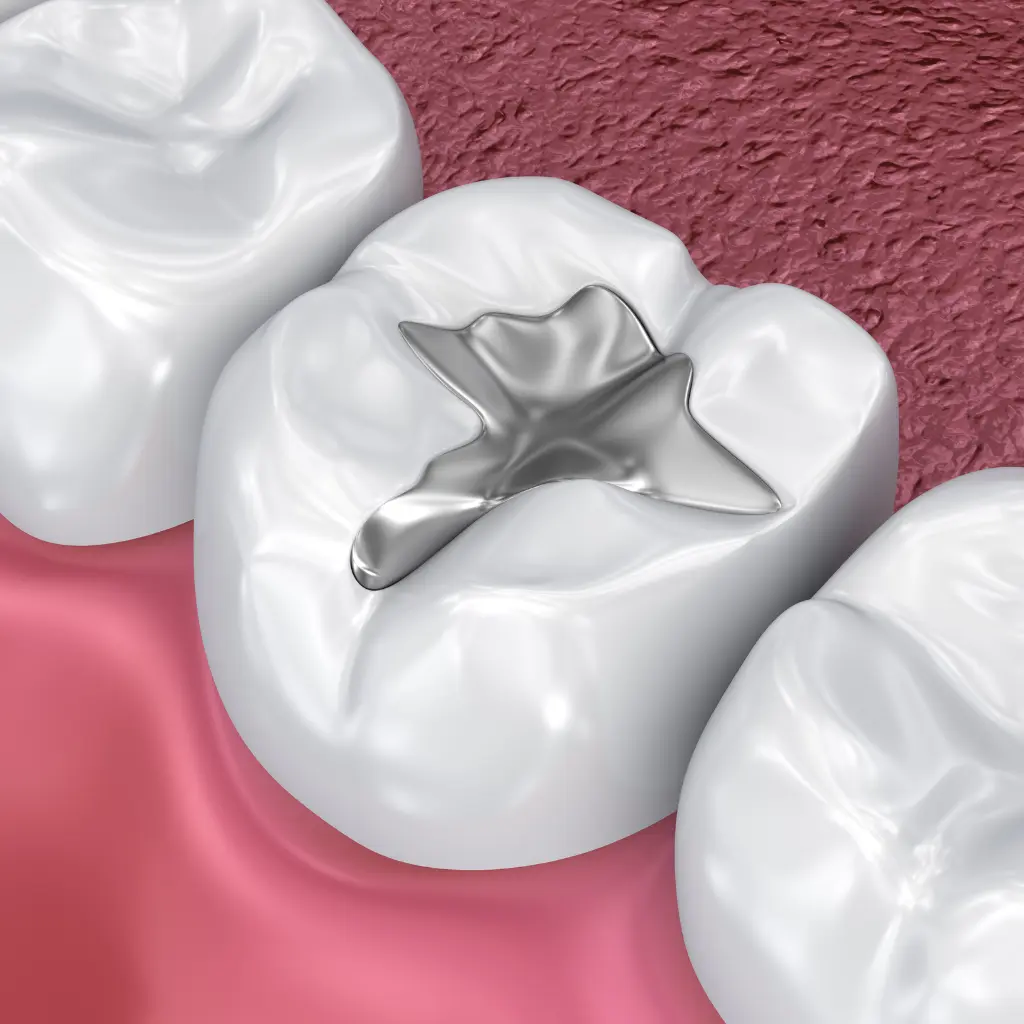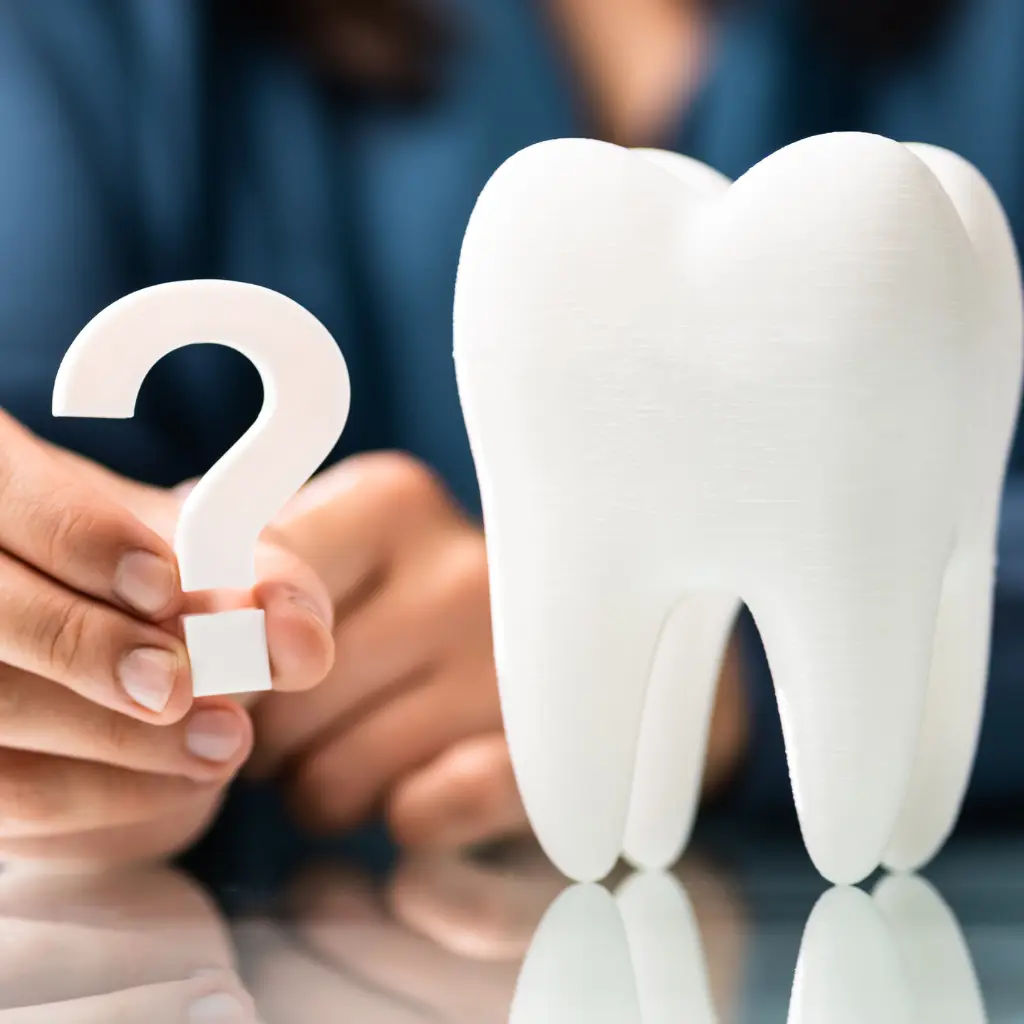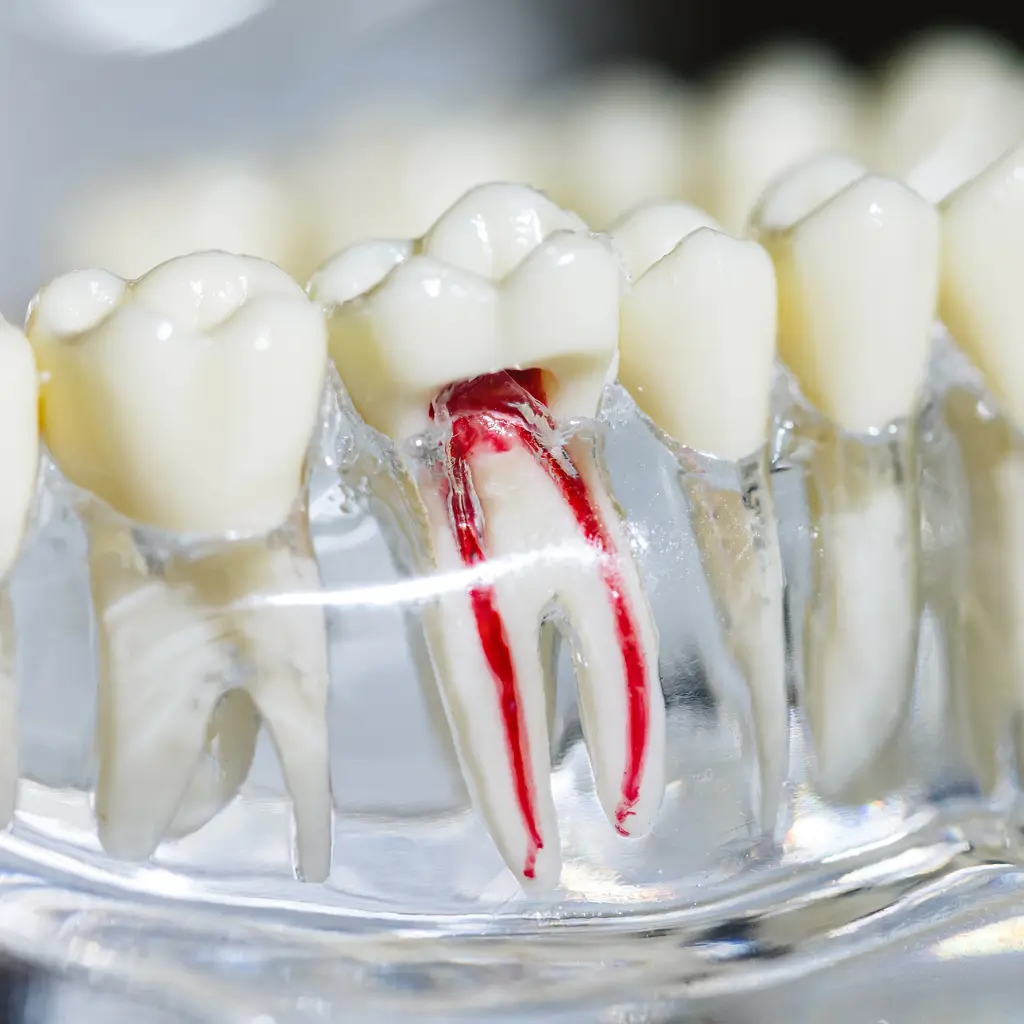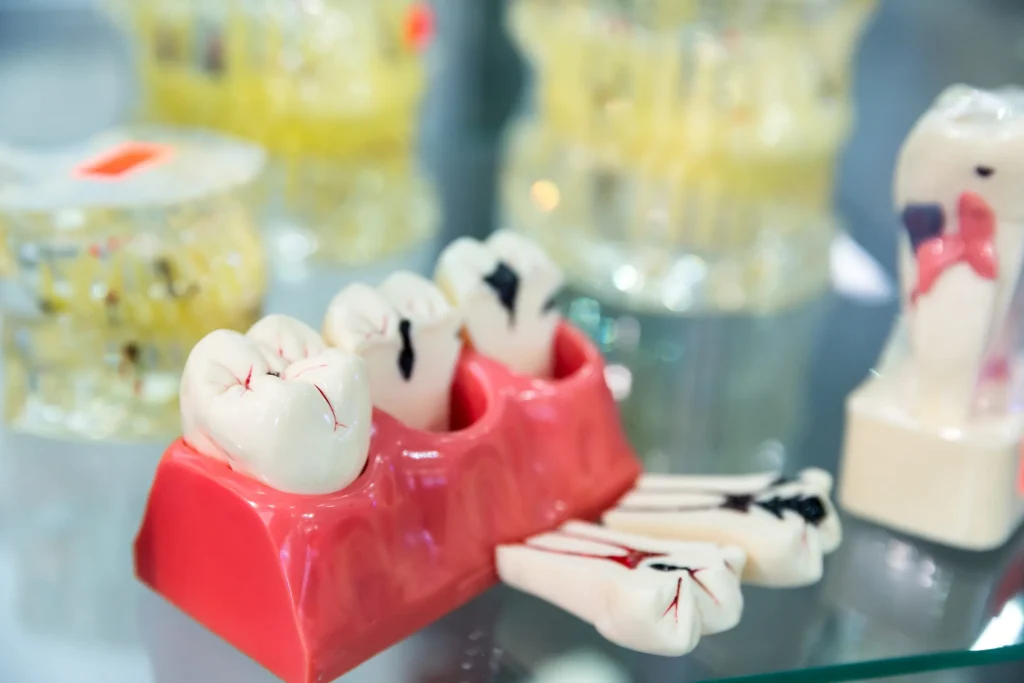Dental Inlays and Onlays: What Is the Difference?
Dental Inlays and Onlays: What Is the Difference? Reviewed by Dr. Kalpesh Patel 5 min Read When a tooth suffers from decay or damage, restoring it quickly and effectively is crucial to maintain your oral health. Two common solutions that offer durability and a natural look are dental inlays and onlays. While both treatments repair teeth, they serve slightly different purposes depending on the extent of the damage. In this blog, we’ll cover everything you need to know about inlays and onlays to help you choose the right treatment. What Are Dental Inlays? Inlays are used to repair teeth that have cavities or structural damage in the center of the tooth, but without affecting the cups (the pointed parts of the tooth). The material is typically crafted from porcelain or composite resin to match the color of your natural teeth. Dentists recommend inlays when the damage is not extensive enough to require a full crown but more significant than what a simple filling can handle. Benefits of Dental Inlays: They provide a precise fit for restoring the tooth’s function. Stronger than traditional fillings, making them last longer. Made from tooth-colored materials for a seamless look. What Are Dental Onlays? Onlays, on the other hand, cover a larger area than inlays. Onlays are used when the damage includes the cusps of the tooth. Like inlays, onlays are made from durable materials like porcelain or composite resin and are custom designed to fit your tooth. Benefits of Dental Onlays: Protects the biting surface of the tooth. A great alternative to crowns for moderate tooth damage. Minimally invasive as less tooth structure is removed compared to a crown. Key Differences Between Inlays and Onlays The primary difference between inlays and onlays is the area of the tooth they cover. Inlays fill the space within the cusps of a tooth, while onlays extend over one or more cusps. This difference allows dentists to customize the treatment based on the severity and location of the damage. When Are Inlays or Onlays Recommended? Your dentist will recommend an inlay or onlay based on the following factors: Extent of the decay: Inlays are suited for smaller, contained damage, while onlays are for larger or more severe issues. Strength needed: Onlays provide more support if a large portion of the tooth is affected. Alternative to crowns: Inlays and onlays are preferred when a crown would be too aggressive for tooth damage. How Long Do Inlays and Onlays Last? With proper care, inlays and onlays can last up to 10-15 years, sometimes even longer. It’s essential to maintain good oral hygiene, including regular brushing, flossing, and dental check-ups, to ensure the longevity of these restorations. Dental Inlays and Onlays in Flowermound , TX Understanding the difference between dental inlays and onlays can help you make an informed decision about your dental treatment. Both offer excellent solutions for repairing tooth damage while preserving as much of the natural tooth structure as possible. If you think you may need inlays or onlays, consult your dentist to determine the best option for your smile. If you’re looking for dental inlays and onlays in Flower Mound, TX, the skilled team at Active Dental Flower Mound is ready to offer top-quality care. We specialize in restoring damaged teeth with accuracy and ensuring a comfortable, personalized experience

